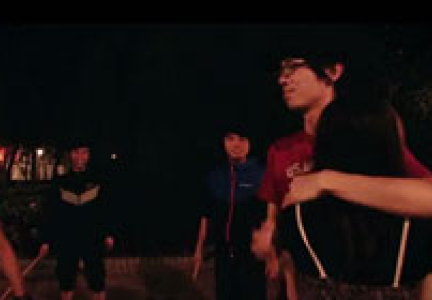Bullying, Violence and Gangs
Criminal intimidation
Criminal intimidation is an offence contrary to Section 24 of the Crimes Ordinance (Chapter 200).
The offence of criminal intimidation involves:
- threats of injury to the person, property or reputation of the person; or
- threats of injury to a third person (e.g. a family member) their property or reputation; or
- threats of any illegal act.
The threats must be intended to:
- alarm the person threatened or any other person;
- to cause the person threatened or any other person to do an act he or she is not legally bound to do; or
- to cause the person threatened or any other person to omit to do any act they are legally entitled to do.
There must be threats to injure the person, damage the property or reputation of the person to whom the threats are directed or someone close to them. Whether or not there is a threat is a question of fact in all the circumstances of the particular incident. The threat must be made with the intention to alarm the person to whom the threats are directed or to cause that person to do something he or she is not legally required to do or not to do something he or she is legally entitled to do. Whether or not the threat is made with the necessary intent is again a question of fact in all the circumstances of the particular incident.
It is, for example, an offence to hawk without a licence. An illegal hawker may be arrested. The penalty the illegal hawker faces upon conviction includes forfeiture of the goods being hawked and the apparatus being used in the hawking. A hawker control officer attempting to seize the goods and apparatus of an illegal hawker may be threatened with injury unless he or she refrains from seizing the goods and apparatus. This is criminal intimidation: there is the threat of personal injury. The intention is to frighten the hawker control officer into failing to do his or her duty of seizing the goods and apparatus used in the illegal hawking. A variation on the theme would be if the illegal hawker threatened to set fire to the officer’s home or chop a family member unless the officer refrained from seizing the goods and the hawking apparatus. In situations such as these, a court would likely have little difficulty in finding, as a fact, the hawker had the intent required by Section 24 of the Crimes Ordinance (Chapter 200).



